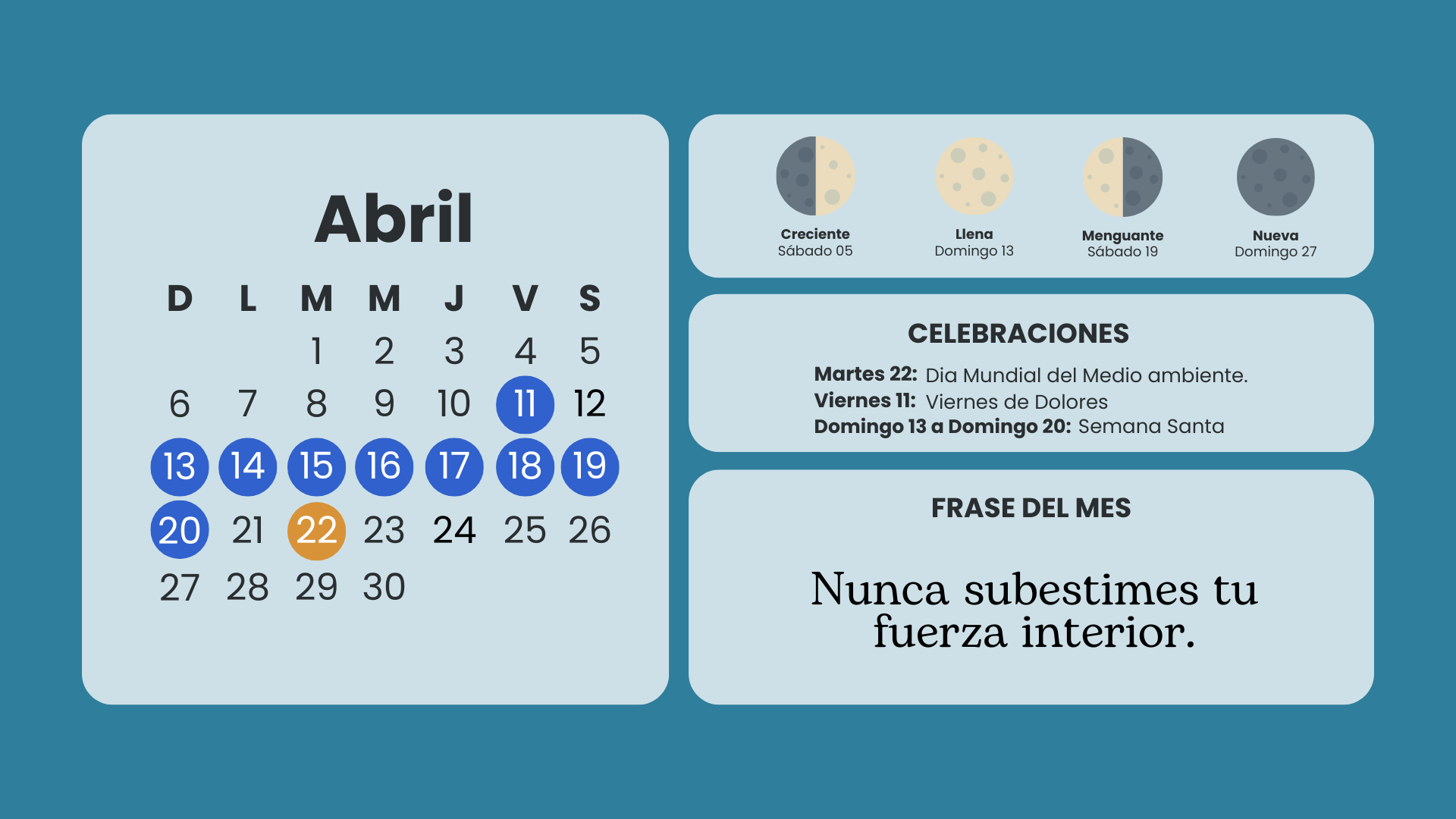Argentine banks must, from February 28, enable debit-card transactions in US dollars. President Javier Milei’s goal, via central-bank regulations, opening the door to any payment in US dollars and, eventually, other currencies. The exception for now will be taxes, which will still be paid solely in Argentine pesos.
This mandate brings renewed attention to Milei’s campaign promise of dollarization. His recent statements and actions bring together a nuanced strategy beyond mere adoption of the US dollar. Considering successful but highly criticized regional experiences, a less resolute US dollar, and his belief in minimal state intervention, Milei is betting on a free currency market rather than a single-dollar system.
Dollarization comes in various forms and is not limited to adopting the US dollar. A broader understanding means achieving the intended benefits: exchange-rate stability, investor confidence, and a better store of value. Under a free currency market, Argentina could enjoy dollarization’s benefits without being singularly exposed to its risks—such as the potential fallout from geopolitical power transitions.
With this vision in mind, Milei’s plan consists of three key steps:
- Austerity en Route to Central-Bank Closure
Since taking office in December 2023, Milei has acted swiftly to reduce government intervention, boost economic development, and combat inflation. His reforms include:
merging and eliminating ministries;
cutting Argentina’s plethora of public transfers;
freezing public infrastructure projects (while assessing privatization);
deregulating key economic sectors such as energy.
As a result of his shock therapy, monthly inflation plummeted from 25 percent in December 2023 to 2.4 percent in November 2024, going by the official Consumer Price Index. Similarly, according to the Human Capital Ministry, the poverty rate—the percentage of Argentines who cannot access basic necessities—dropped from 54.8 percent in the first quarter of 2024 to 38.9 percent in the third quarter.
Argentina’s reported economic activity is likely to see a decrease when numbers come out for 2024. That is a bookkeeping outcome of cutting public spending by 30 percent. Gross-domestic-product measures add on government spending, even though it is not subject to market prices and adds opaque value. However, the International Monetary Fund projects 5 percent real GDP growth for Argentina in 2025, the highest in the region.
Milei’s downsizing and deregulation have just begun. Regarding monetary policy, his ultimate objective is, and should be, the central bank’s elimination: “Once we have finished repairing the central bank, we will liberalize the cepo [currency controls] … We will issue a law that forbids issuing money.”
Irresponsible monetary policy, compounded over generations, has shown the only lasting solution for Argentina is to remove currency control from politicians. If Milei truly seeks permanent currency competition, that removal is pivotal. The temptation to print money to pay the bills, inferring taxation by inflation, has proved too strong for politicos to resist.
- Accumulation of US Dollar Reserves
Argentines still face restrictions on buying foreign currencies and conducting international transactions. This gravely impedes trade. Milei expects to lift these restrictions entirely by January 2026.
Allowing payments in US dollars and other currencies is a step toward introducing currency competition into the Argentine economy. However, reforms must move swiftly to ensure they are completed within Milei’s four-year term. While reelection is possible, President Mauricio Macri, in office from 2015 to 2019, proved the folly of relying on a drawn-out strategy.
To fund reforms, Milei is leveraging Argentina’s hydrocarbon and mining potential. Despite its mineral-rich geography, decades of Kirchnerista regulations and expropriations have stifled production.
For instance, state-owned Fiscal Oilfields (YPF) expropriated Vaca Muerta—Argentina’s largest oil and gas reserve—from Repsol soon after its discovery in 2011. In addition to mismanagement, the government now faces US$5 billion in international-arbitration claims from the major investor and $15 billion from smaller investors.
To restore investor confidence and attract foreign investment after decades of legal uncertainty, Milei has introduced a new investor regime, called RIGI. It is a legislative framework that provides guarantees to companies investing $200 million or more in oil, gas, mining, renewable energy, forestry, steel, technology, infrastructure, and tourism. While falling short of across-the-board liberalization, the targeted incentives include tax and currency exchange benefits and legal stability for 30 years. Any departures would subject Argentina to international arbitration.
Eligible projects will receive swift RIGI licensing within 45 days of submission via the government platform. Chile and Peru implemented similar frameworks for the mining industry with great success. As a consequence, mining has become their largest economic sector, accounting for nearly 60 percent of their total exports.
During a speech at the Córdoba Stock Exchange in December 2024, Milei emphasized the pivotal role of these projects—which will stem from private investment—in his economic plan: “With all these energy projects, dollars will be coming out of our ears. What we need is to create demand for those dollars, and that will generate what we call endogenous dollarization—where more dollars circulate than pesos.”
- Currency Competition to Beat Dollarization
By lowering interest rates and removing capital and currency controls, the central bank under Milei is laying the ground for a de facto dollarization. Argentines have long turned to foreign currencies and cryptocurrencies to shield themselves from the peso devaluation. However, without attracting sufficient US dollars and other foreign currencies into the economy, coerced dollarization could be economically disruptive and a path to Milei’s downfall.
Dollarization has benefited countries like El Salvador, Panama, and Ecuador by improving financial inclusion, savings, and wealth creation. However, its short-term consequences were at times harsh. When Ecuador adopted the US dollar in 2000, devalued savings in local currency were wiped out, triggering spikes in unemployment, poverty, and emigration. In comparative politics, studying both failures and successes is key to crafting effective policies. Milei seems to have learned from past cases and is charting his own course.
Milei’s downsizing and deregulation have just begun. Regarding monetary policy, his ultimate objective is, and should be, the central bank’s elimination: “Once we have finished repairing the central bank, we will liberalize the cepo [currency controls] … We will issue a law that forbids issuing money.”
Irresponsible monetary policy, compounded over generations, has shown the only lasting solution for Argentina is to remove currency control from politicians. If Milei truly seeks permanent currency competition, that removal is pivotal. The temptation to print money to pay the bills, inferring taxation by inflation, has proved too strong for politicos to resist.
- Accumulation of US Dollar Reserves
Argentines still face restrictions on buying foreign currencies and conducting international transactions. This gravely impedes trade. Milei expects to lift these restrictions entirely by January 2026.
Allowing payments in US dollars and other currencies is a step toward introducing currency competition into the Argentine economy. However, reforms must move swiftly to ensure they are completed within Milei’s four-year term. While reelection is possible, President Mauricio Macri, in office from 2015 to 2019, proved the folly of relying on a drawn-out strategy.
To fund reforms, Milei is leveraging Argentina’s hydrocarbon and mining potential. Despite its mineral-rich geography, decades of Kirchnerista regulations and expropriations have stifled production.
For instance, state-owned Fiscal Oilfields (YPF) expropriated Vaca Muerta—Argentina’s largest oil and gas reserve—from Repsol soon after its discovery in 2011. In addition to mismanagement, the government now faces US$5 billion in international-arbitration claims from the major investor and $15 billion from smaller investors.
To restore investor confidence and attract foreign investment after decades of legal uncertainty, Milei has introduced a new investor regime, called RIGI. It is a legislative framework that provides guarantees to companies investing $200 million or more in oil, gas, mining, renewable energy, forestry, steel, technology, infrastructure, and tourism. While falling short of across-the-board liberalization, the targeted incentives include tax and currency exchange benefits and legal stability for 30 years. Any departures would subject Argentina to international arbitration.
Eligible projects will receive swift RIGI licensing within 45 days of submission via the government platform. Chile and Peru implemented similar frameworks for the mining industry with great success. As a consequence, mining has become their largest economic sector, accounting for nearly 60 percent of their total exports.
During a speech at the Córdoba Stock Exchange in December 2024, Milei emphasized the pivotal role of these projects—which will stem from private investment—in his economic plan: “With all these energy projects, dollars will be coming out of our ears. What we need is to create demand for those dollars, and that will generate what we call endogenous dollarization—where more dollars circulate than pesos.”
- Currency Competition to Beat Dollarization
By lowering interest rates and removing capital and currency controls, the central bank under Milei is laying the ground for a de facto dollarization. Argentines have long turned to foreign currencies and cryptocurrencies to shield themselves from the peso devaluation. However, without attracting sufficient US dollars and other foreign currencies into the economy, coerced dollarization could be economically disruptive and a path to Milei’s downfall.
Dollarization has benefited countries like El Salvador, Panama, and Ecuador by improving financial inclusion, savings, and wealth creation. However, its short-term consequences were at times harsh. When Ecuador adopted the US dollar in 2000, devalued savings in local currency were wiped out, triggering spikes in unemployment, poverty, and emigration. In comparative politics, studying both failures and successes is key to crafting effective policies. Milei seems to have learned from past cases and is charting his own course.
With incremental but strategic reforms, Milei is leading Argentina toward a cutting-edge monetary system. Unlike 25 years ago—when Ecuador dollarized its economy—neither the US dollar nor its issuing state enjoys the same geopolitical and fiscal confidence. Recognizing this, Milei is wisely seeking currency competition, as opposed to betting everything on the dollar.
In fact, due to tight currency controls imposed by Kirchnerismo, Argentines have become some of the world’s largest cryptocurrency users, especially for international transfers. According to Revista Mercado, Argentina now leads Latin America in cryptocurrency transactions with $91 billion changing hands between July 2023 and June 2024. Stablecoins, in particular, have gained popularity.
The path to lasting Argentine prosperity includes both a free currency market and economic diversification. Legal safeguards like RIGI are helpful, allowing key industries access to capital for technological innovation. Underlying productivity will them shield tje economy dron external schoks
With incremental but strategic reforms, Milei is leading Argentina toward a cutting-edge monetary system. Unlike 25 years ago—when Ecuador dollarized its economy—neither the US dollar nor its issuing state enjoys the same geopolitical and fiscal confidence. Recognizing this, Milei is wisely seeking currency competition, as opposed to betting everything on the dollar.
In fact, due to tight currency controls imposed by Kirchnerismo, Argentines have become some of the world’s largest cryptocurrency users, especially for international transfers. According to Revista Mercado, Argentina now leads Latin America in cryptocurrency transactions with $91 billion changing hands between July 2023 and June 2024. Stablecoins, in particular, have gained popularity.
The path to lasting Argentine prosperity includes both a free currency market and economic diversification. Legal safeguards like RIGI are helpful, allowing key industries access to capital for technological innovation. Underlying productivity will them shield tje economy dron external schoks










